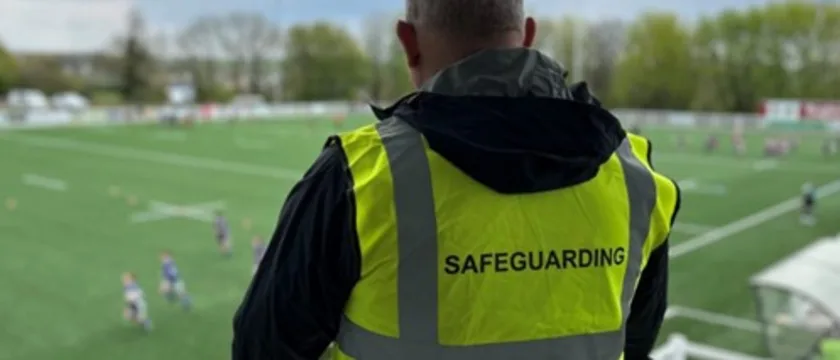Strengthening Safeguarding Structures with a Safeguarding Officer
SAFEGUARDING
In previous editions of this newsletter, we explored the foundations of policy development and the importance of leveraging existing networks to create safe and inclusive environments in cricket. However, as we continue to build on that groundwork, it is essential to recognise the importance of identifying and appointing a dedicated Safeguarding Officer to lead and coordinate safeguarding efforts across all levels of the sport.
The Safeguarding Officer is responsible for driving the development, implementation, monitoring, and evaluation of safeguarding policies and response systems. This role is central to the success of any safeguarding framework as it ensures that systems are not only in place but are actively functioning to prevent harm and provide timely, appropriate responses to safeguarding concerns when they arise. Furthermore, appointing and promoting a designated Safeguarding Officer at the national level signals a visible and proactive commitment to safeguarding across all levels of cricket.
Safeguarding is a dynamic field, continually shaped by emerging research, evolving best practices, and the lived experiences of those affected. Members must also ensure that the appointed officer completes formal training prior to assuming the role and are supported with ongoing professional development and opportunities to access experts in the field. The IOC Safeguarding Officer Certificate is one example of a valuable training programme that also offers access to a wider network of safeguarding professionals in sport.
We recognise that many National Federations face constraints in terms of staffing and financial resources. In such situations, an existing staff member, ideally from the Integrity department of your organisation, may assume this role provided they have the appropriate safeguarding experience or receive adequate training. In such arrangements, it is important to establish clear boundaries, reporting lines, and protocols to minimise the risk of conflicts of interest and to ensure the Officer's impartiality and effectiveness.
Ultimately, while the Safeguarding Officer plays a key leadership role, the responsibility for safeguarding does not rest on one individual alone. It must be embedded in the culture of the organisation and championed at every level, starting with the executive leadership and extending through to all members of the cricket community.
